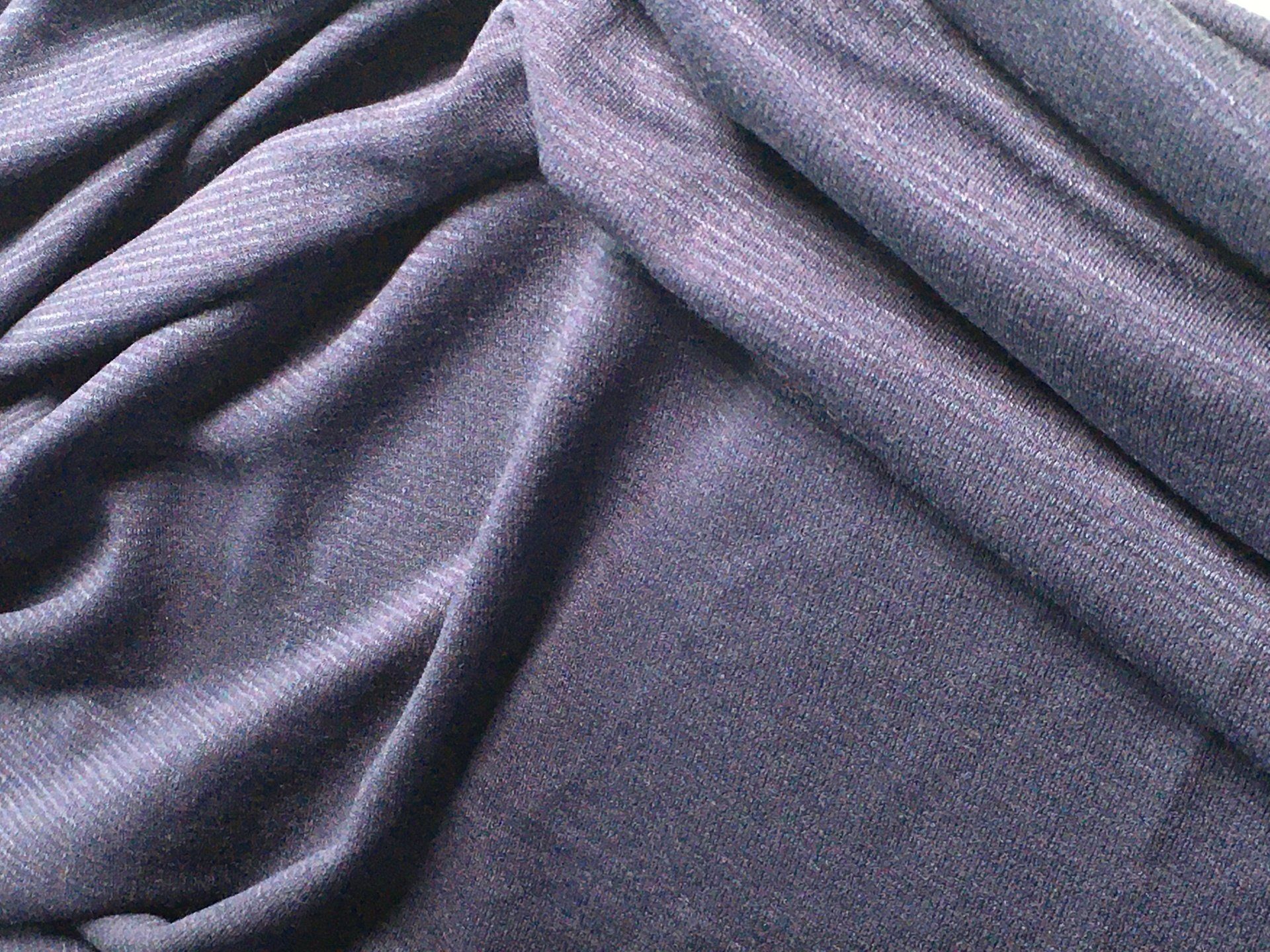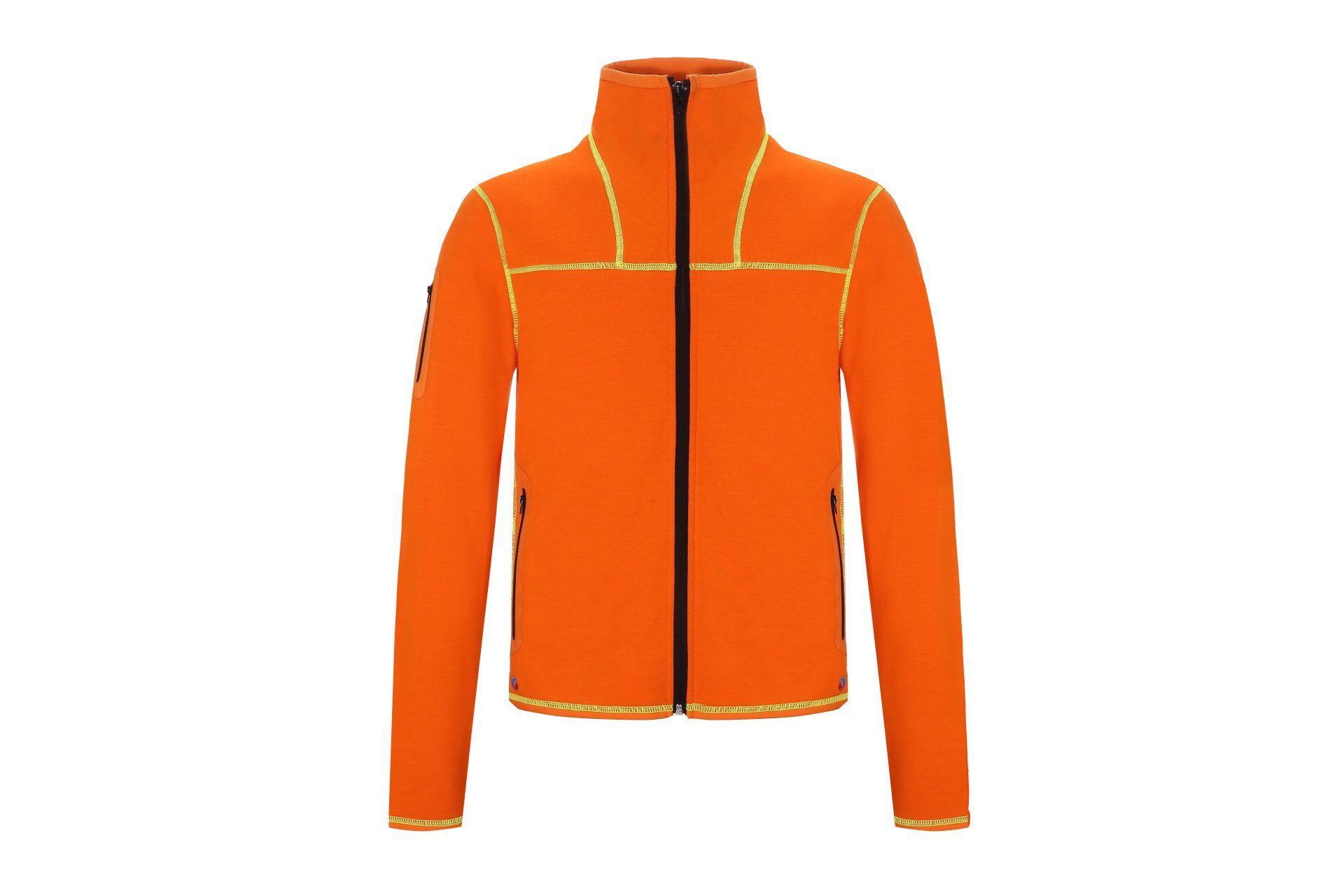PAR003_OE
Wool is biodegradable and recyclable

The Sheep are part of the natural carbon cycle, consuming the organic carbon stored in plants and converting it to wool. Fifty per cent of the weight of wool is pure organic carbon.
- Wool products have long lifespans, meaning they are used or worn longer than other textile fibre products
- Wool textile products tend to be washed less frequently at lower temperatures which has a lower impact on the environment
- Wool is readily recyclable: with a market share of 1,3% of all textile fibres, wool claims 5% within the recycled fibres market share!
- Wool biodegrades readily on land and in water – as a protein-based fibre, wool does not contribute to microplastic pollution
Source: https://iwto.org/sustainability/
Wool is Flame retardant! This means a new stage for flame protective garments

One of main sustainability’s issue for the special fabric, like the flame retardant’s ones is the environmental impact. Many of them due to the protective rope are done with peculiar yarns not easily environmental friendly. Many of the best companies in this protective sector are working hardly to solve this. But we have in front of our eyes an easy and immediate solution! Wool is flame naturally flame retardant…the eldest people remind the F1 protective underwear in the 50’s were made by wool!
Wholesafety Group new fleece made by wool has some of the highest protective value in fire test. Wool is alo insulating, for this all data data are more than great!
And 100% sustainable.

